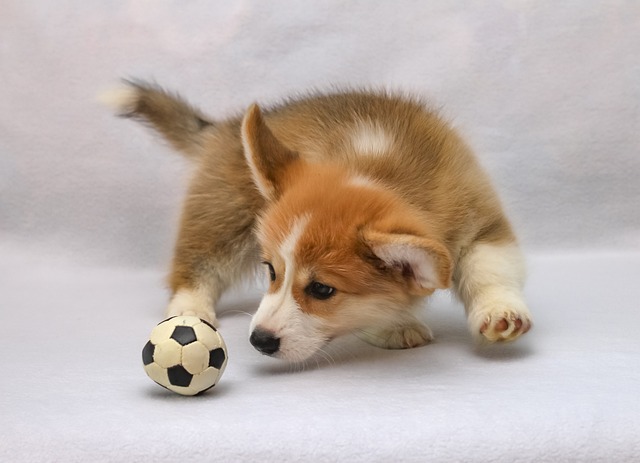If you’ve ever watched a German Shepherd struggle to jump into your car or lag behind on walks, you know how crucial strong back legs are for their mobility. These powerful dogs rely on their hindquarters for everything from sprinting in the park to simply standing up—yet many new owners overlook this area until issues pop up. Let’s break down how to build that strength safely, with tips tailored to life in the U.S.
First, why focus on those back legs? German Shepherds are prone to hip and elbow dysplasia, common in large breeds, and weak hind legs can worsen these issues over time. Think of their back legs as the engine: if they’re strong, your pup stays agile; if not, simple tasks become painful. It’s not just about muscle—joint health plays a big role too, which ties into both exercise and nutrition.
Start with low-impact exercises. Try short stair climbs (3-4 steps) a few times a day—hold a treat at the top to encourage them, and praise like crazy when they reach it. This is classic positive reinforcement, and trust me, your GSD will light up for that peanut butter reward. For apartment dwellers short on space, use a folded yoga mat as a “mini ramp” to practice stepping up and down. Outside, a game of fetch with a frisbee (tossed low to keep them stretching those hind legs) works wonders—just keep sessions under 15 minutes to avoid strain.

Nutrition matters too. Add glucosamine supplements (vet-recommended, of course) to their kibble; many U.S. brands like Blue Buffalo include this, but ask your vet first. And don’t skip regular check-ups—annual exams can catch joint issues early, which is key for preventing long-term damage.
Now, let’s talk U.S. rules. While you’re out training, remember: all dogs over 4 months need a current rabies vaccine (it’s the law in every state, with fines up to $500 for lapses). When hitting community parks, keep them on a 6-foot leash unless in designated off-leash areas, and always pack poop bags—cities like Chicago fine $100+ for leaving messes. And never push your GSD too hard: forcing them up stairs or scolding them for tiring out isn’t just mean—it’s counterproductive. Positive vibes only, as our animal welfare laws (and common sense) demand.
Take it from my neighbor’s GSD, Rocky. At 2, he struggled to hop onto the couch; 3 months of daily stair drills and glucosamine treats later, he’s leaping onto their deck like it’s nothing. Consistency, not intensity, is the key.






